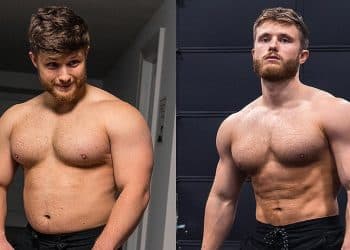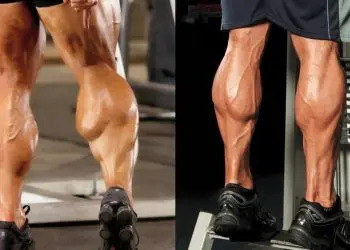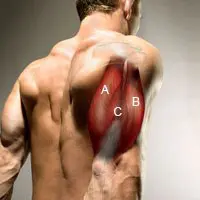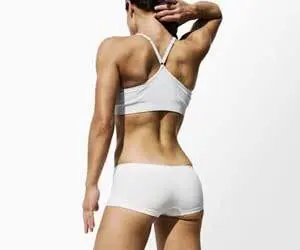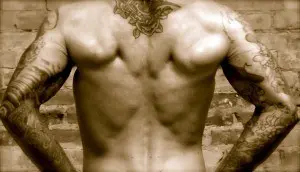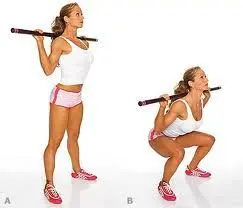Hello and welcome to the 101st post. Don’t worry, we won’t be celebrating every single one, I just thought I’d throw that in! Today is the first Muscle Talk post of the week, and it will likely be one that most everyone, whether they lift weights or not, can relate to. There are certain muscles that get a lot of attention, but the muscle groups up for discussion today get almost all of the attention from the non lifting members of the population. Let’s get today started then, shall we?
Over the last few weeks we have been slowly covering all the muscles of the upper body, which have included the chest, back, shoulder, and abdominal muscles. With the exception of the abdominal muscles, all of these muscles help adduct and abduct, as well as rotate the arm. Today we are going to be talking about the muscles of upper arm. Specifically, the muscles that help contract the upper arm through flexion and extension. The lift is loaded at the hand, but the muscles that contract to power the movement are located in the upper arm. Everyone knows what biceps and triceps are, so let’s look a little deeper and see exactly what these upper arm muscles are made of.
It make sense to begin by covering the anterior part of the arm, which initiates the lift part of a biceps curl through flexion. The biceps brachii is a two-headed fusiform muscle whose bellies unite as the insertion point approaches. The tendon of the long head helps to stabilize the shoulder joint. It is responsible for flexing the elbow joint, and supinates the forearm. These actions usually occur simultaneously. It also is a weak flexor of the arm at the shoulder. The brachialis is a strong muscle that is immediately deep to the biceps brachii on the distal humerus. The brachialis is a major forearm flexor, it lifts the ulna as the biceps lift the radius. The brachioradialus is a superficial muscle of the lateral forearm which forms the lateral boundary of cubital fossa. It extends from distal humerus and distal forearm, and is a synergist in forearm flexion. It acts to its best advantage when the forearm is partially flexed and semipronated. It works to stabilize the elbow during rapid flexion and extension.
The coracobrachialis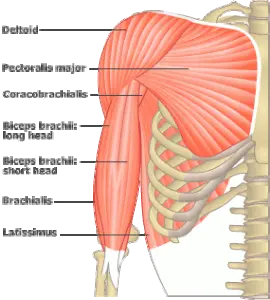
The following are the posterior muscles of the upper arm. They extend, and are active during the lowering phase of the biceps curl. The triceps brachii is a large fleshy muscle. This is the only muscle of the posterior compartment of arm. This has a three-headed origin. The long, and lateral heads lie superficial to the medial head. It is a powerful forearm extensor, the prime mover, particularly the medial head. The triceps brachii is the antagonist of the forearm flexors. The long, and lateral heads mainly active in extension against resistance. The long head tendon may help stabilize the shoulder joint, and assist in arm adduction.
Level Up Your Fitness: Join our 💪 strong community in Fitness Volt Newsletter. Get daily inspiration, expert-backed workouts, nutrition tips, the latest in strength sports, and the support you need to reach your goals. Subscribe for free!
The final muscle is located at the posterior area of the elbow. It works synergistically with the triceps, and is therefore included with the upper arm. This muscle is called the anconeus. It is a short triangular muscle which is closely associated (blended) with the distal end of the triceps on the posterior humerus. Its chief function is to abducts ulna during forearm pronation. The anconeus is a synergist of the triceps brachii during elbow extension.
That concludes this weeks names and biomechanical functions of the muscles of the upper arm. For such a relatively small group of muscle, with limited strength when operating on their own, they generate a huge amount of attention due to the fact that they are the muscles that are most obviously visible. Anyone that ever picked up a weight for the very first time most likely did a biceps curl as his or her first exercise. This would be the first step in what would eventually become a lifelong addiction to iron. In that context the value of strong arms will always have a place of supreme importance, especially to the uninitiated.
In order to grow super sized biceps and triceps, we must train them in a super human fashion. That will be the subject matter to be discussed in the second weekly edition of Muscle Talk. Also needed to grow these muscle to super proportions are something that is easier to attain: Super Foods. That is coming your way tomorrow morning. I hope to see you here then, my friends,
Happy Lifting!


